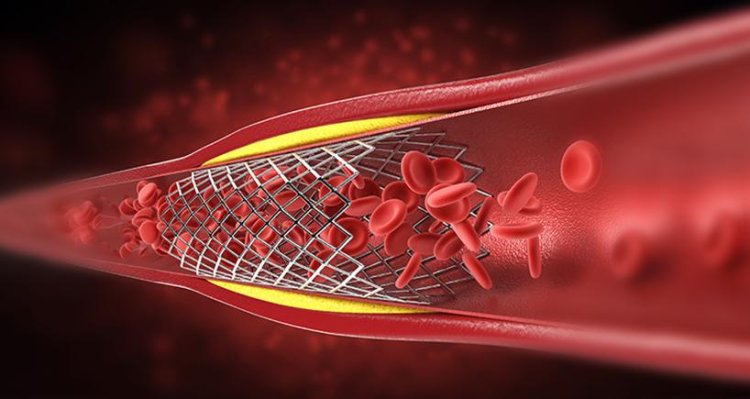Angiography and Angioplasty: Uncovering Their Purpose, Mechanism, and Risks
Angiography and angioplasty are crucial procedures in the field of cardiovascular medicine, offering a window into the vascular system for diagnosis and providing a lifeline for those suffering from heart disease.
Share this Post to earn Money ( Upto ₹100 per 1000 Views )

In the realm of cardiovascular health, angiography and angioplasty stand out as pivotal procedures that have revolutionized the way heart diseases are diagnosed and treated. With the advancement of medical technology, these procedures have become more refined, offering hope and improved quality of life to millions globally. La Femme Hospital in Greater Kailash is among the leading healthcare institutions where these life-saving procedures are performed with precision and care. This blog delves into the essence of angiography and angioplasty, exploring their purposes, mechanisms, and the risks involved.
What is Angiography?
Angiography, also known as arteriography, is a diagnostic procedure that uses X-ray imaging to visualize the inside of blood vessels and organs of the body, particularly the arteries, veins, and heart chambers. The primary purpose of angiography is to detect blockages or abnormalities within the vessels that could lead to serious health issues. During the procedure, a contrast dye is injected into the bloodstream, making the blood vessels visible on the X-ray images. This process allows doctors at institutions like La Femme Hospital to identify issues such as narrowed arteries, aneurysms, or blockages that could be impeding normal blood flow.
What is Angioplasty?
Angioplasty, often performed following an angiography, is a therapeutic procedure designed to open narrowed or blocked blood vessels that supply blood to the heart. The procedure involves the use of a catheter with a small balloon on its tip. This balloon is carefully guided through the vascular system to the site of the blockage. Once in place, the balloon is inflated to widen the artery, restoring proper blood flow. In many cases, a stent—a small, wire-mesh tube—is also placed in the artery to keep it open in the long term. Angioplasty can significantly reduce symptoms of heart disease, such as chest pain and shortness of breath, and in some cases, can be a life-saving intervention.
Alternatives for Angiography and Angioplasty
While angiography and angioplasty are effective, they are not without risks and are not suitable for all patients. Alternatives exist, offering different approaches based on the patient's condition and overall health profile. For diagnostic purposes, non-invasive methods such as CT angiography or MRI angiography can be used to visualize blood flow and detect blockages without the need for catheters or dyes. When it comes to treatment, lifestyle changes and medication can be effective for managing mild to moderate artery narrowing. In more severe cases, coronary artery bypass grafting (CABG) might be recommended as a more invasive, but potentially more durable solution to bypass blocked arteries.
Risks Involved
Despite their benefits, both angiography and angioplasty carry risks. Complications from angiography can include allergic reactions to the contrast dye, bleeding at the catheter insertion site, and, in rare cases, damage to the blood vessels. Angioplasty risks include those associated with angiography, plus the potential for artery re-narrowing (restenosis) or the formation of blood clots within the stent. However, the expertise and experience of the healthcare team at facilities like La Femme Greater Kailash significantly minimize these risks, ensuring the highest standard of patient care.
Conclusion
Angiography and angioplasty are crucial procedures in the field of cardiovascular medicine, offering a window into the vascular system for diagnosis and providing a lifeline for those suffering from heart disease. While they come with inherent risks, the advancements in medical procedures and technologies continue to enhance their safety and efficacy. For those facing heart health challenges, understanding these procedures and discussing them with a healthcare provider, such as the specialists at La Femme Hospital, can be the first step towards a healthier heart.















